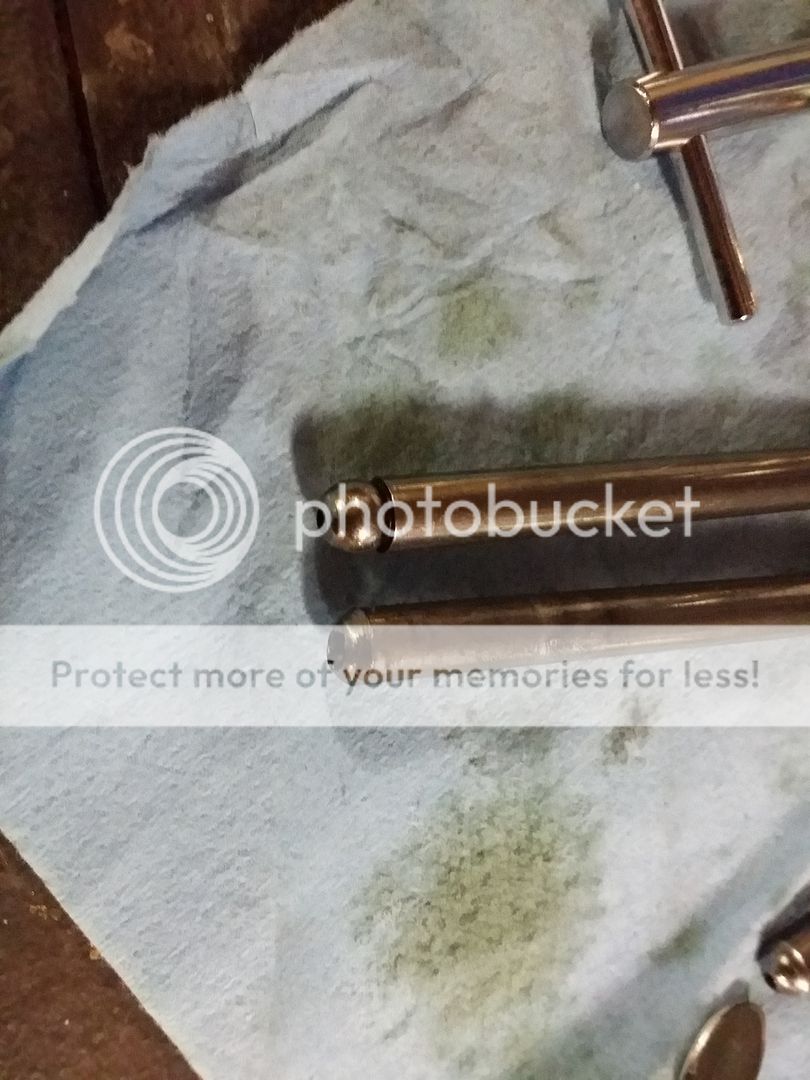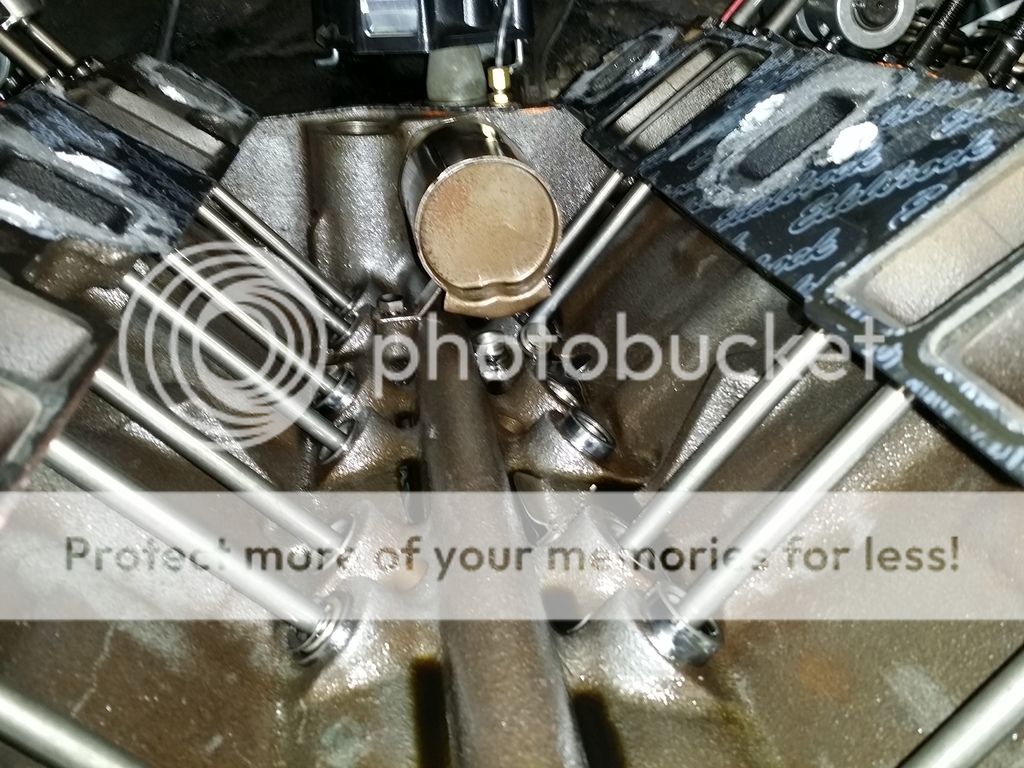I got an EMAIL saying one of the guys tried to start his engine after a cam upgrade and installing new cylinder heads and he instantly bent a couple push rods, well thats hardly a rare experience for new engine modifiers, and experience is a good teacher,
EXAMPLE OF BUSTED PUSH RODS

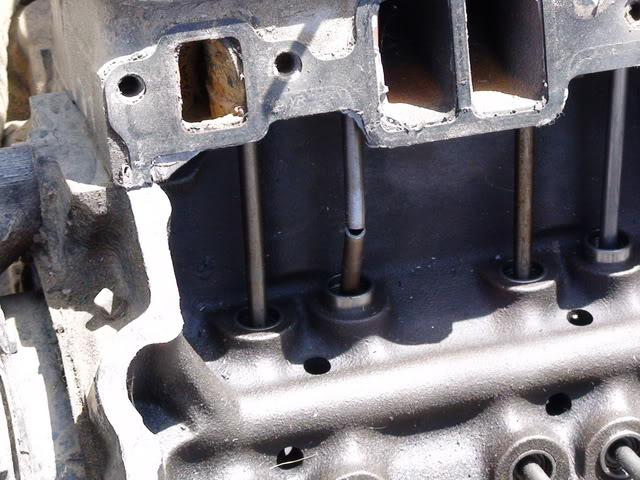
be very sure you check all the valve train clearances, having a rocker bind on a rocker stud can easily result in busted rockers or studs or bent pushrods
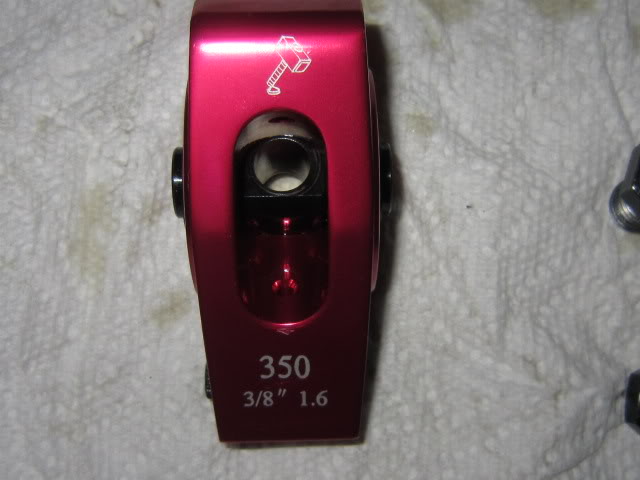

it should be obvious that the slot clearance in some rockers , especially with poly locks significantly limits rocker movement before clearances become an issue


BEEHIVE SPRINGS and FORGED STEEL ROCKERS GIVE A GOOD DEAL MORE ROCKER TO RETAINER CLEARANCE
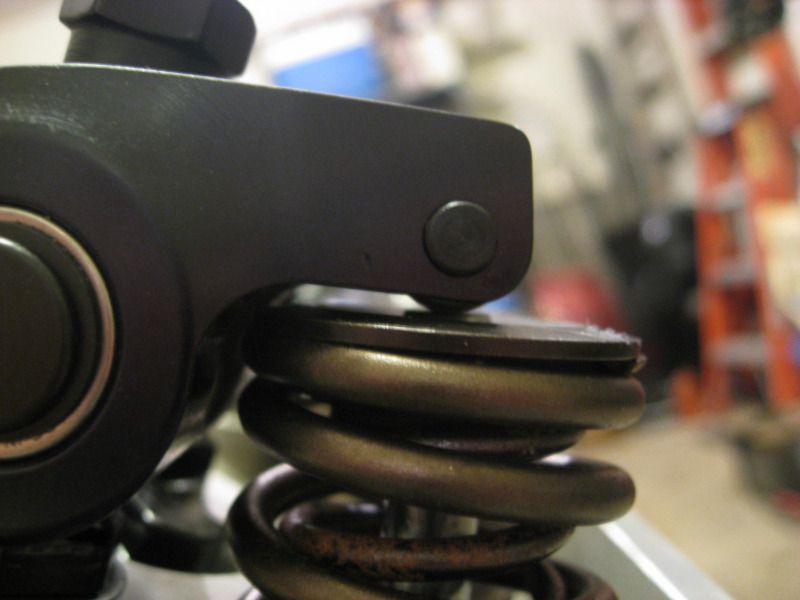
IT takes hundreds of pounds of force to snap push rods, somethings binding or hitting someplace whether you want to admit it or not, step back and find out whats wrong!
theres a dozen potential sources for clearance issues so check out the links and verify the valve train clearances and geometry
you could have adjusted the valves to tightly, installed the cam several degrees out of its intended index so its hitting the piston, or a few dozen other mistakes.
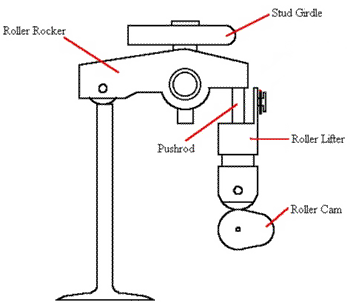
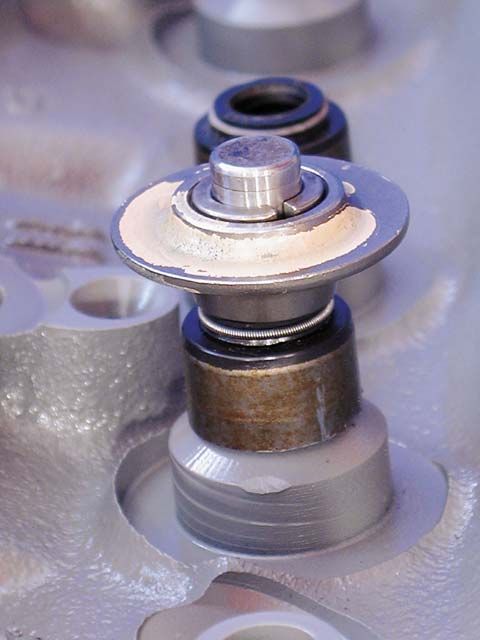
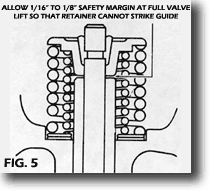
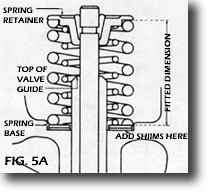
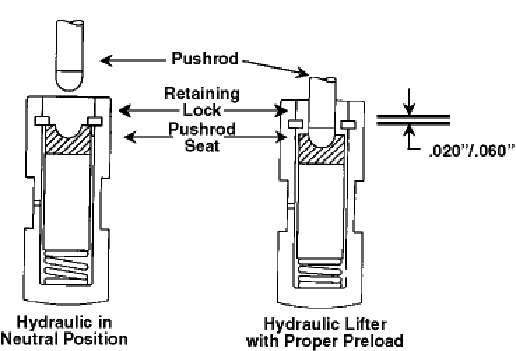
if you didn,t verify the cam timing with a degree wheel , you failed to adjust the valve preload, or lash,and you failed to check clearances, like rocker arm slot to rocker stud and push rod to guide plate or push rod to cylinder head during the whole 720 degree valve train cycle, and clearances like piston to valve and spring bind and retainer to valve guide your going to have issues in most cases, its best to assume you did EVERYTHING WRONG until you verify ALL the potential clearance and geometry issues
your in miss. so your not local, but it won,t take long to isolate the cause if you do it check the potential sources, just assume everything needs to be verified before proceeding
youll need to back off all the push rods until they are a bit loose on the cams base circle
read these links
http://www.crustyquinns.com/tech/easyout.html
hey its part of the learning curve! theres no experienced hot rodder that has not screwed up several times, just learn, move on and youll be fine, its just one of the ways experience has of making you remember not to do things wrong, like the first time you touch a finger to a stove burner when your 3-4 years old, you learn that was less than the ideal route to go and from then on you do things differently
when you run into problems with busting push-rods step one is always the same!
STOP and figure out all the clearance and geometry and cam index issues BEFORE proceeding
READ THE LINKS PROVIDED and assume you did EVERY LAST THING WRONG until you VERIFY its CORRECT!
YES IM aware some of you would rather pluck your eyes out with a red hot fork than read links, but if you want to find the problem , and theres OBVIOUSLY A PROBLEM, its a simple check list, measure verify and then proceed ONLY after checking and not ASSUMING you did things correctly
EXAMPLE OF BUSTED PUSH RODS


be very sure you check all the valve train clearances, having a rocker bind on a rocker stud can easily result in busted rockers or studs or bent pushrods


it should be obvious that the slot clearance in some rockers , especially with poly locks significantly limits rocker movement before clearances become an issue


BEEHIVE SPRINGS and FORGED STEEL ROCKERS GIVE A GOOD DEAL MORE ROCKER TO RETAINER CLEARANCE

IT takes hundreds of pounds of force to snap push rods, somethings binding or hitting someplace whether you want to admit it or not, step back and find out whats wrong!
theres a dozen potential sources for clearance issues so check out the links and verify the valve train clearances and geometry
you could have adjusted the valves to tightly, installed the cam several degrees out of its intended index so its hitting the piston, or a few dozen other mistakes.





if you didn,t verify the cam timing with a degree wheel , you failed to adjust the valve preload, or lash,and you failed to check clearances, like rocker arm slot to rocker stud and push rod to guide plate or push rod to cylinder head during the whole 720 degree valve train cycle, and clearances like piston to valve and spring bind and retainer to valve guide your going to have issues in most cases, its best to assume you did EVERYTHING WRONG until you verify ALL the potential clearance and geometry issues
your in miss. so your not local, but it won,t take long to isolate the cause if you do it check the potential sources, just assume everything needs to be verified before proceeding
youll need to back off all the push rods until they are a bit loose on the cams base circle
read these links
http://www.crustyquinns.com/tech/easyout.html
hey its part of the learning curve! theres no experienced hot rodder that has not screwed up several times, just learn, move on and youll be fine, its just one of the ways experience has of making you remember not to do things wrong, like the first time you touch a finger to a stove burner when your 3-4 years old, you learn that was less than the ideal route to go and from then on you do things differently
when you run into problems with busting push-rods step one is always the same!
STOP and figure out all the clearance and geometry and cam index issues BEFORE proceeding
READ THE LINKS PROVIDED and assume you did EVERY LAST THING WRONG until you VERIFY its CORRECT!
YES IM aware some of you would rather pluck your eyes out with a red hot fork than read links, but if you want to find the problem , and theres OBVIOUSLY A PROBLEM, its a simple check list, measure verify and then proceed ONLY after checking and not ASSUMING you did things correctly
Last edited by a moderator:

